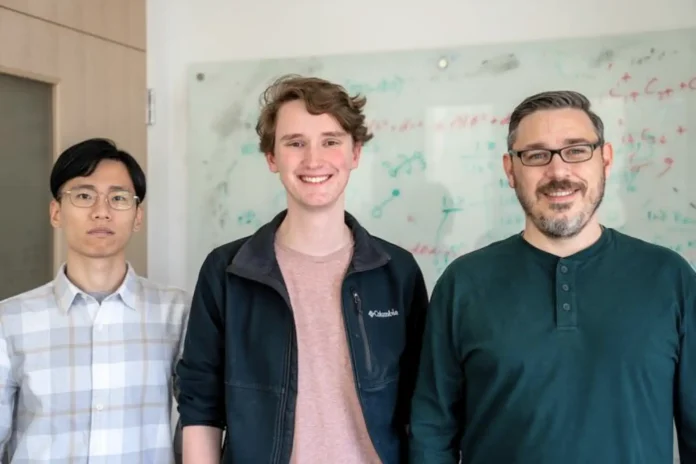In a recent breakthrough, researchers at Rice University have made a significant step forward in this adventure. They have developed a new technique, called “magic trap,” that allows them to extend the lifespan of quantum interactions by a shocking 30-fold. Imagine a world where objects exist and don’t exist simultaneously, particles can be twisted across vast distances, and the very fabric of reality operates on principles that challenge our everyday understanding. This field of quantum mechanics holds immense promise for revolutionizing everything from computing to medicine to materials science. But unlocking its secrets requires examining a brief reality that often vanishes before we can even peek into it.
The Difficult Nature of Quantum Magic
The irregularity of quantum mechanics isn’t just philosophical musings; it’s a well-established scientific theory confirmed by countless experiments. Phenomena like superposition, where a particle can exist in multiple states simultaneously, and entanglement, where two particles are linked in a way that refuses classical physics, have been observed and carefully documented.
However, studying these phenomena can be challenging. Unlike the stable, predictable world we experience at the macro level, the quantum field is incredibly delicate. The slightest interaction with the environment quickly disrupts quantum interactions, a process called decoherence. This “quantum fragility” limits researchers’ time to observe and manipulate these interactions, restricting our ability to unlock their potential fully.
Extending the Quantum Stage with Magic Trap
The Rice University team, led by Kaden Hazzard, handled this challenge openly. Their solution? The magic trap. This innovative setup combines two key ingredients:
- Ultracold temperatures: By chilling molecules to a billionth of a degree above absolute zero, the researchers essentially slow their motion and minimize their environmental interactions. This creates a quieter, more stable platform for quantum effects to thrive.
- Laser light choreography: The team uses specially designed laser beams to create a force field that confines and manipulates the ultracold molecules. These carefully tuned lasers hold the molecules in place and push them into specific quantum states, allowing for precise control and observations.
The combined effect of these elements is remarkable. The magic trap extends the lifetime of quantum interactions by nearly 30 times, offering researchers a significantly longer window to study and experiment with these difficult phenomena.
Future of Quantum Technologies
The implications of this breakthrough are huge. With the ability to hold onto quantum interactions for longer, scientists can now:
- Study deeper into the fundamental laws of physics: The extended observation time allows for more precise measurements and analysis of quantum phenomena, potentially leading to discoveries and a deeper understanding of the universe’s building blocks.
- Develop more powerful quantum computers: Quantum computers use the curious properties of the quantum world to perform calculations impossible for even the most influential classical computers. By prolonging the coherence of quantum bits (qubits), the magic trap paves the way for more efficient and scalable quantum computing architectures.
- Revolutionize materials science and drug discovery: Simulating complex molecules and materials at the quantum level could lead to the design of original materials with customized properties and the development of new drugs for increasing lifespan and therapies with unprecedented precision and efficacy.
About Rice University
This new research is just one example of Rice University’s leadership in the field of quantum science and technology. The university has a vibrant research community with expertise in quantum optics, condensed matter physics, and theoretical quantum mechanics. Their commitment to pushing the boundaries of knowledge and their focus on translating fundamental research into practical applications make them a significant player in the emerging quantum revolution.
The team behind the magic trap, led by Kaden Hazzard and including collaborators from Durham University in the UK, represents the spirit of innovation and collaboration that drives progress in the field of quantum science. Their work is a testament to the power of human ingenuity in resolving the mysteries of the universe and shaping the future of technology.
The magic trap is a significant step forward in our search to understand and utilize the power of the quantum world. It extends the ground for studying fundamental interactions, opening doors to groundbreaking discoveries and practical applications that could shape the 21st century and beyond. With continued research and innovation, the future illuminated by quantum light promises to be one of extraordinary possibilities.



